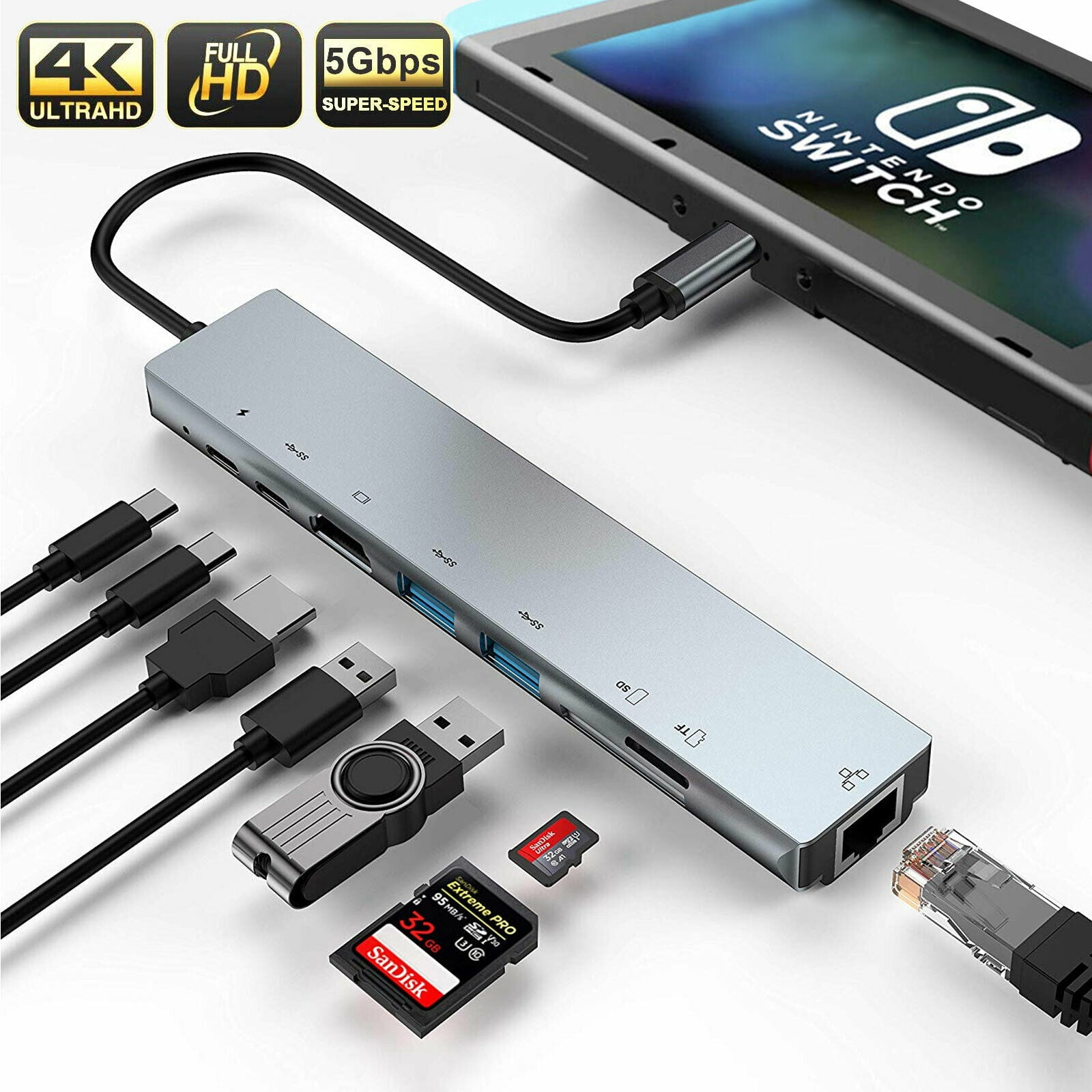
Remember that these types of servers can run any type of application just like your home computer can. The administrators of these servers can only connect to them through command line terminals. “Headless” means that it doesn’t run like a traditional home computer, but rather just serves content. This is to preserve the memory on the server and ensure that there’s enough to power the operating system and applications on the server. Web servers are typically “headless” in nature. For example, filling up a form on a web server and clicking the submit button is a “POST” request from the client to the server. Web servers simply take “GET” and “POST” requests from clients (among other verbs).Ī “GET” request is when a client simply wants to retrieve information and doesn’t have any information to submit to the server.Ī “POST” request on the other hand is when a client does have information to share with the server and expects a response back. This genre of server focuses on serving web content to clients. Let’s start with the various types of servers in network environments.Ī web server powers the site you’re looking at right now. Then we’ll jump into the difference between a real, physical server and a virtual server. We’ll look into how they work, why they do what they do, and how they’re integral in a computer network. Now that we’ve had a brief discussion on how the client-server model works broadly, let’s dive into some of the most popular types of servers found in computer networks and in Information Technology field in general. If you send a packet from a client to a correctly configured server to another port, the server will typically silently drop the packets sent. For example, most servers using Hypertext Transfer Protocol, or “HTTP”, will only accept requests for their data over port 80 or 443. Most firewalls are set up to receive different kinds of requests. Relying on the usage of “ports” to control the flow of data, clients and servers must send requests to and from one another on the correct ports. When the server receives these requests, they can do one of three things: accept the packet, reject or “drop” the packet, or silently kill the connection.

Unlike the P2P model, client-server architecture relies on a main server machine or set of machines connected to a network, typically in a data center.Ĭlients, or normal computers connected to the web or to a local network, send packets to request data from the server. The alternate model, known as peer-to-peer, or “P2P”, relies on computers connecting to one another to share data. This is the prevailing architecture for modern communications whereby digital data is offered by servers to clients.

You (as the client) have requested a resource (i.e this webpage) which was served to you by a webserver. If you’re reading this article right now, you’ve already utilized the client-server model without even realizing it.


 0 kommentar(er)
0 kommentar(er)
